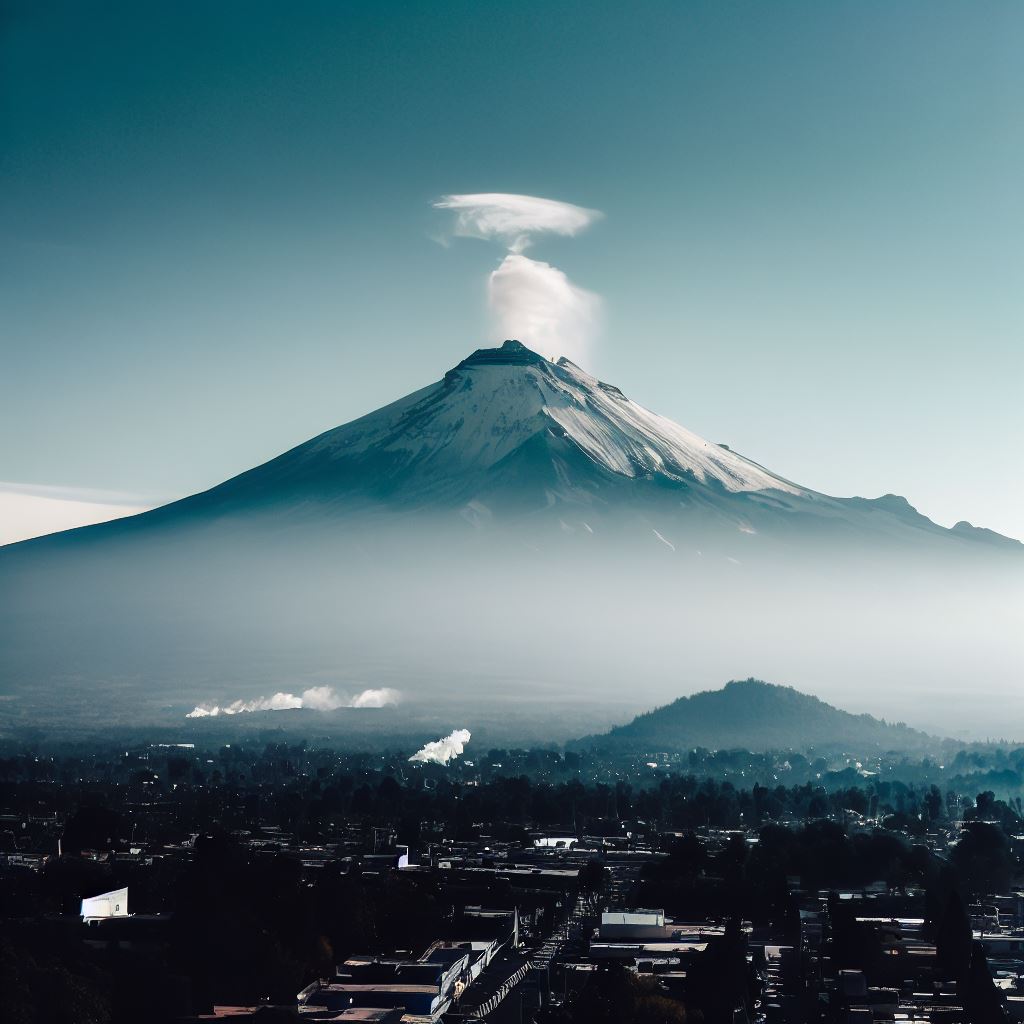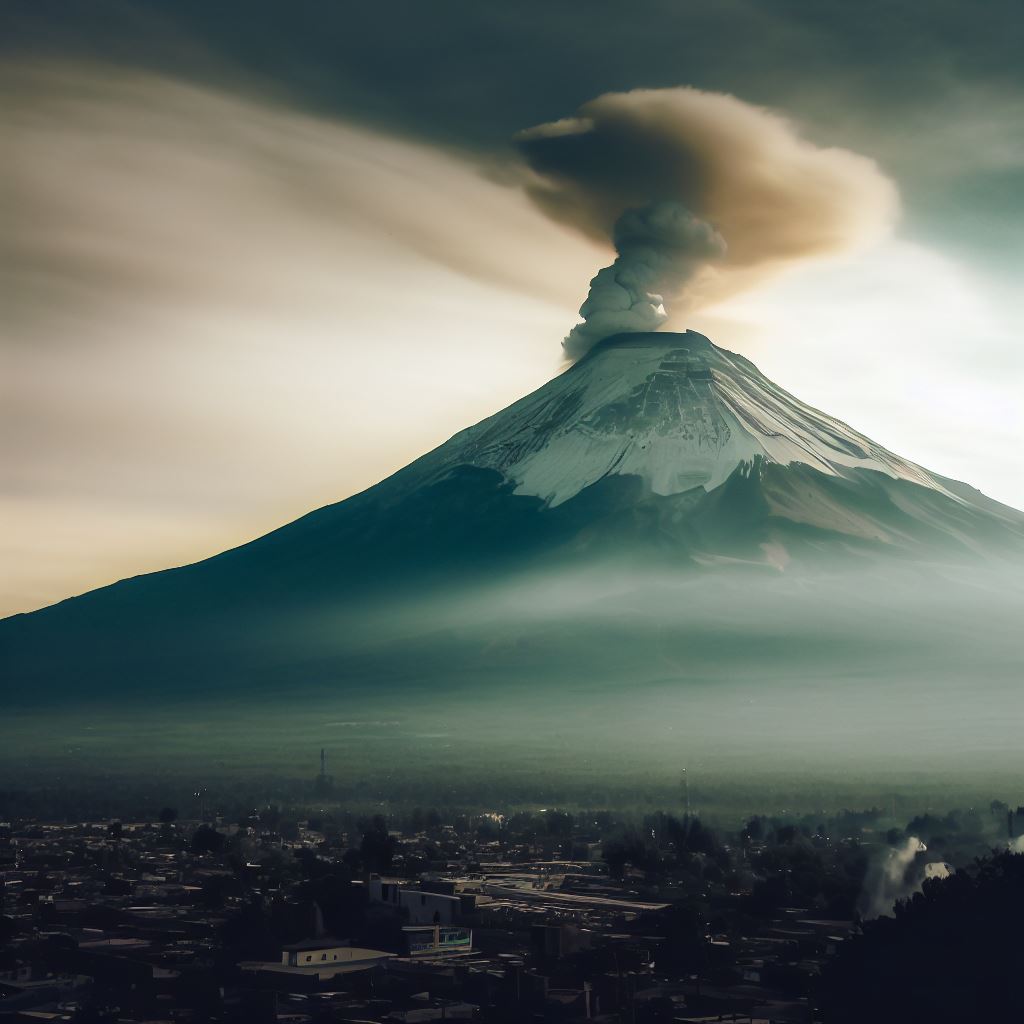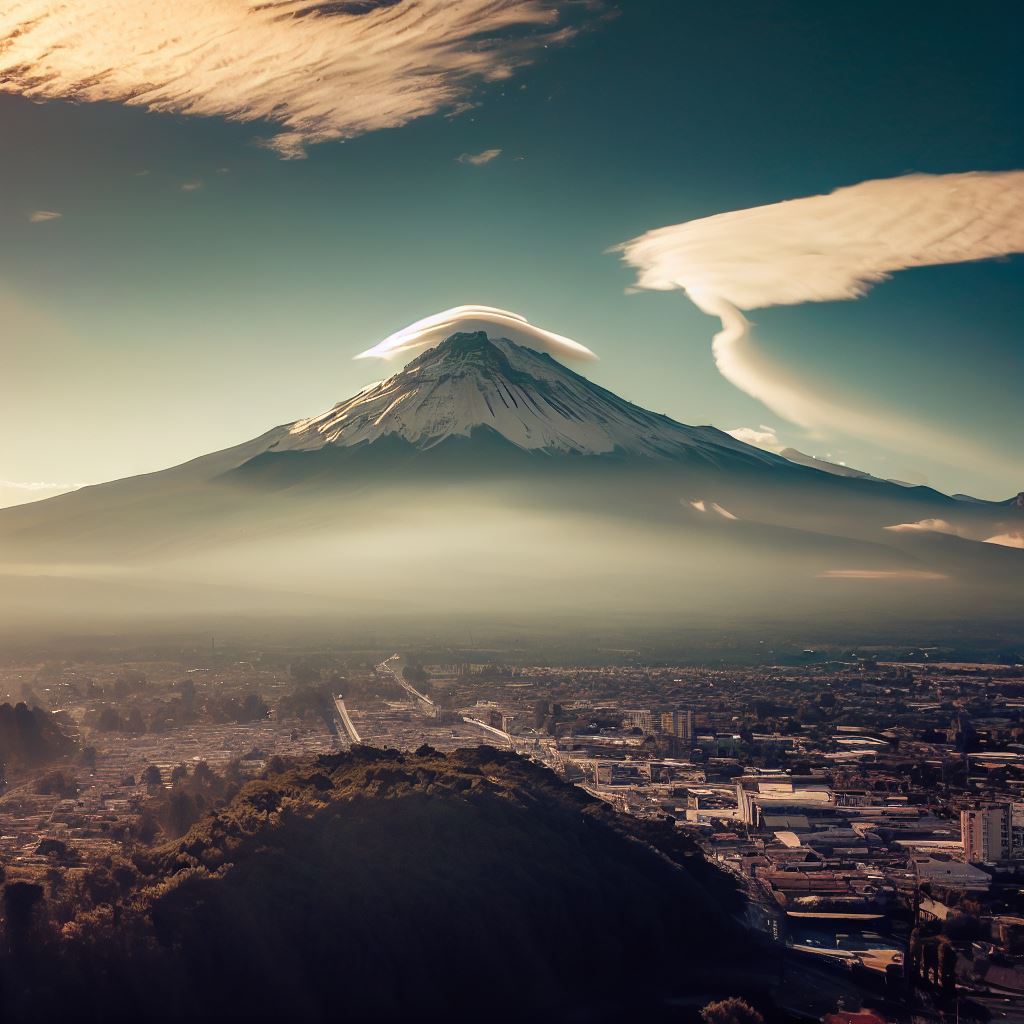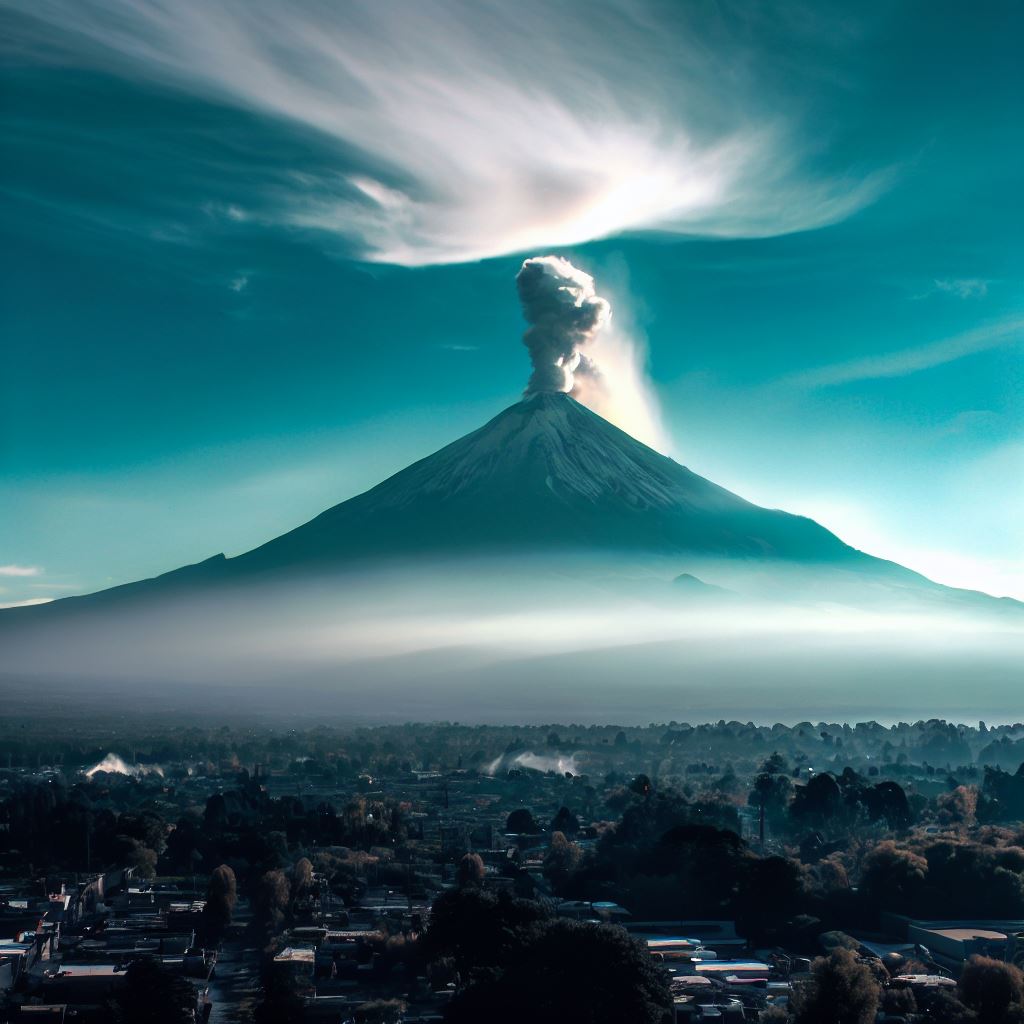Exploring the Majesty and Mystery of Popocatépetl Volcano Mexico City
When it comes to natural wonders, few can match the awe-inspiring grandeur of volcanoes. Among these geological giants, Popocatépetl, located just 70 kilometers southeast of Mexico City, stands as both a majestic backdrop to the metropolis and a source of fascination and occasional concern for its inhabitants. In this article, we will delve into the rich tapestry of Popocatépetl’s history, its recent activities, and the enduring allure it holds for adventurers and enthusiasts alike.
Thank you for reading this post, don't forget to subscribe!
The Legend of Popocatépetl
Before we venture into the present-day realm of Popocatépetl, let’s take a moment to appreciate the legend that shrouds this iconic volcano. Known as “Smoking Mountain” in Nahuatl, Popocatépetl has deep roots in Aztec mythology.
The legend tells of two star-crossed lovers, Popocatépetl and Iztaccihuatl, whose love story is both poignant and tragic. Popocatépetl, a brave warrior, was sent to battle, leaving his beloved Iztaccihuatl behind. While he was away, a false report of his demise reached Iztaccihuatl, causing her to die of grief. When Popocatépetl returned to find his beloved dead, he carried her to the mountains and laid her to rest. He then knelt by her side, watching over her in eternal vigilance.
The gods, moved by their love and devotion, transformed the lovers into two towering volcanoes. Popocatépetl became the tall and active volcano we know today, while Iztaccihuatl took on the form of a dormant volcano, often likened to a sleeping woman. Thus, the legend of Popocatépetl and Iztaccihuatl lives on, encapsulating the enduring spirit of love and sacrifice.
Popocatépetl’s Geological Significance
Beyond the realm of legends, Popocatépetl is a geological marvel. This stratovolcano, standing at 5,426 meters above sea level, is the second-highest peak in Mexico and one of the most active volcanoes in the country. Its massive size and proximity to Mexico City make it a significant landmark and a topic of scientific fascination.
Geologists believe that Popocatépetl formed over thousands of years due to the subduction of the Cocos Plate beneath the North American Plate. This ongoing tectonic activity has fueled the volcano’s eruptions throughout history.
The summit of Popocatépetl boasts a 400 by 600-meter wide crater that has been the epicenter of volcanic activity for centuries. Records of eruptions date back to the 14th century, and the volcano has maintained its status as an active and unpredictable force of nature.
Recent Eruptions and Impact
In recent years, Popocatépetl has garnered international attention due to its heightened activity. The volcano has been sporadically erupting since 1994, with eruptions ranging from minor ash emissions to more significant explosions that sent plumes of ash and gas into the sky. While these eruptions are awe-inspiring to witness, they also come with real-world consequences.
One of the most significant eruptions occurred on May 22, 2023, when Popocatépetl spewed ash into the atmosphere, causing flight disruptions in Mexico City and prompting authorities to close airspace. The impact of volcanic ash on aviation is a serious concern, as it can damage aircraft engines and pose a threat to passenger safety.
Additionally, the constant ashfall from Popocatépetl has coated nearby towns, affecting the daily lives of residents. These communities must contend with the challenges of ash cleanup, respiratory health concerns, and disruptions to their daily routines.
The Volcano’s Current Status
As of the latest reports, Popocatépetl’s activity has been closely monitored by scientists and government agencies. The volcano’s alert level has been adjusted multiple times in response to its eruptions, with a focus on ensuring the safety of those living in its vicinity.
In June 2023, Mexico lowered the alert level for Popocatépetl after more than two weeks of eruptions. While this signaled a temporary reduction in volcanic activity, it’s essential to remember that Popocatépetl remains a dynamic and unpredictable force.
Popocatépetl as a Tourist Attraction
Surprisingly, despite the inherent risks associated with an active volcano, Popocatépetl has become a tourist attraction in its own right. Adventurous souls seeking an adrenaline rush and a unique natural experience can embark on guided hikes and tours to witness the volcano’s majesty up close.
There are various options available for those interested in exploring Popocatépetl, including day hikes, guided climbs, and multi-day excursions. These tours not only offer stunning panoramic views but also provide insights into the geological and cultural significance of the volcano.
Conclusion: A Majestic and Unpredictable Force
Popocatépetl, the iconic volcano near Mexico City, embodies the enduring connection between nature, mythology, and human civilization. Its towering presence serves as a reminder of the dynamic forces shaping our planet and the profound impact they can have on our lives.
As we continue to marvel at Popocatépetl’s beauty and power, let us also respect the inherent risks it presents. Whether viewed from afar or experienced up close, this volcano will forever hold its place as a symbol of both majesty and mystery in the heart of Mexico.
In the shadow of Popocatépetl, we are reminded of the delicate balance between human existence and the forces of the natural world, a balance that continues to shape the destiny of both the land and its people.
F.A.Q. – Popocatépetl Volcano Mexico City
Question 1. What is Popocatépetl volcano, and where is it located?
A.: Popocatépetl is an active volcano situated approximately 70 kilometers (43 miles) southeast of Mexico City. It is one of Mexico’s most prominent and active volcanoes, known for its periodic eruptions.
Question 2. How dangerous is Popocatépetl volcano?
A.: Popocatépetl is considered one of the most dangerous volcanoes in the world due to its proximity to densely populated areas, including Mexico City. Its eruptions can lead to ashfall, disruptions in daily life, and even evacuations.
Question 3. When was the last eruption of Popocatépetl?
A.: The most recent eruption of Popocatépetl occurred in May 2023. This eruption resulted in ashfall in various parts of the region and led to concerns for the safety of nearby communities.
Question 4. How does Popocatépetl impact Mexico City?
A.: Popocatépetl’s eruptions can affect Mexico City by causing disruptions in air travel due to ash clouds, leading to flight cancellations and delays. Additionally, the volcano’s ashfall can affect air quality and daily life in the city.
Question 5. Are there any safety measures in place for Popocatépetl eruptions?
A.: Yes, Mexican authorities closely monitor Popocatépetl’s activity using cameras and seismology equipment. When the volcano exhibits increased activity, they issue warnings and take precautionary measures, including evacuations if necessary, to ensure the safety of the population.
Popocatépetl volcano is a significant geological feature in Mexico, and its activity is closely watched to protect the people living in its vicinity.




